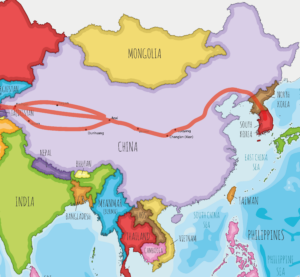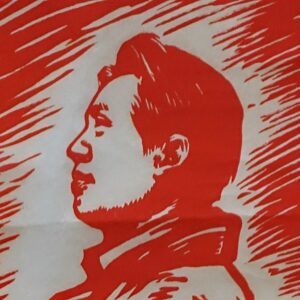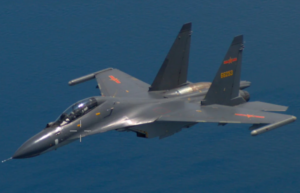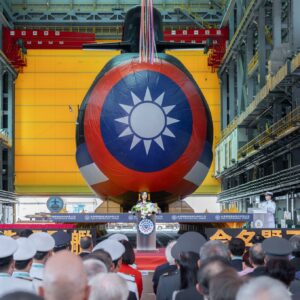Knowledge Systems has developed a series of courses intended for the full range of national security and defense industry professionals, from frontline troops of the uniformed services to the seniormost corporate leaders and policy makers seeking to better understand critical topics such as Communist China’s armed forces and Taiwan’s armed forces.
Instructor-led training is available to support and supplement web-based training. Further in-depth review, analysis and discussion can enhance the quality of training and can be available onsite at varying classification levels depending on government requirements.




